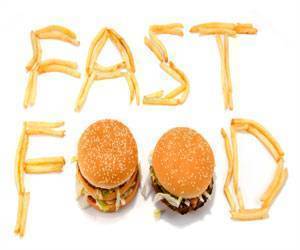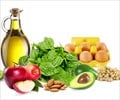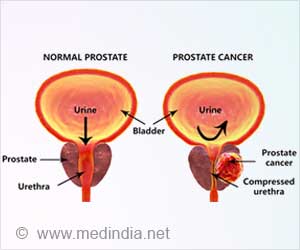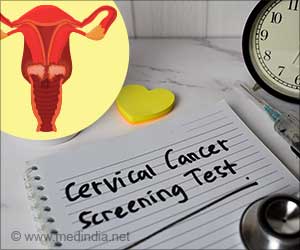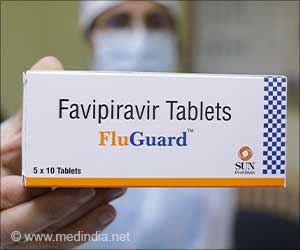Highlights
- Most food packaging materials are non-biodegradable and non-recyclable
- Plastic food packaging creates tons of waste and affects the environment
- Edible food packaging film helps prevent such harmful effects
- Milk-based edible films are 500 times better than plastic food wrappers
Eat the Food and the Package
A research team at the US Department of Agriculture have developed an eco-friendly edible film made from milk protein casein. The milk-based casein films keep oxygen away from food and are 500 times better than plastics. Casein films are biodegradable, sustainable and edible.Edible packaging varieties are already available in the market, but, these are made of starch. Starch-based edible food packaging is more porous and allows oxygen to seep through its micro-holes. The milk-based edible packaging has smaller pores and creates a tighter network that keeps oxygen out.

Researchers first developed an edible film using pure casein that was a strong and effective oxygen blocker. But, it was hard to handle as it dissolved in water instantly. So the researchers used citrus pectin to the casein to make the packaging stronger and resistant to humidity and high temperatures.
The casein-based packaging looks similar to a plastic wrap, but it is less stretchy and blocks oxygen more efficiently. Because the casein film is made of proteins, the researchers hope to incorporate nutritional additives such as vitamins, probiotics, and nutraceuticals. The researchers said that the casein film does not have a taste, but flavoring can be added to it to make it appetizing.
Casein Coating Spray
Casein coating could also be sprayed onto food such as cereal bars and flakes. Food manufacturing industries use sugar coating on cereals to maintain its crunch when added to milk. Casein spray could be a nutritious alternative to sugar and prevent soggy cereal.“Currently, the team is creating prototype film samples for a small company in Texas, and the development has garnered interest among other companies, too. We plan to keep making improvements. This casein packaging will be on store shelves within three years,” said Bonnaillie.
Reference:
- Edible food packaging made from milk proteins (video) - (http://www.eurekalert.org/pub_releases/2016-08/acs-efp072116.php)




